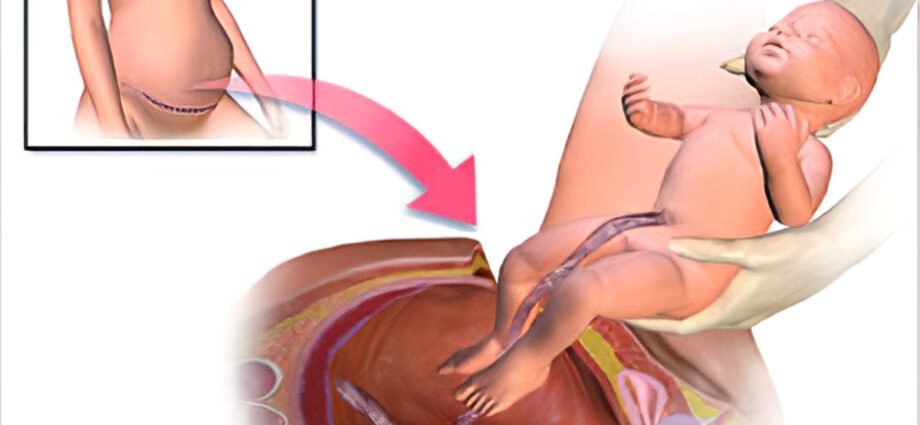Contents
What is a Cesarean?
Under anesthesia, the obstetrician incises, horizontally, between 9 and 10 centimeters, from the abdomen to the level of the pubis. He then pulls the layers of muscle apart to reach the uterus and extract the baby. After the amniotic fluid is aspirated, the placenta is removed, and the doctor then sews up the tissue. The operation to extract the baby takes less than 10 minutes, but the entire operation takes two hours, between preparation and waking up.
When can cesarean section be performed urgently?
This is the case when:
• The cervix does not dilate enough.
• The baby’s head does not go down well into the pelvis.
• Monitoring reveals a fetal distress and that we must act quickly.
• The birth is premature. The medical team may decide not to tire the baby, especially if he needs prompt medical help. Depending on the situation, the dad may be asked to leave the delivery room.
In which cases can the cesarean section be scheduled?
This is the case when:
• The baby is considered too large for the dimensions of the maternal pelvis.
• Your child is presenting badly : instead of the top of his head, he shows himself with his head tilted back or slightly raised, putting forward his shoulder, buttocks or feet.
• You have placenta previa. In this case, it is better to avoid the hemorrhagic risks that a conventional childbirth would involve.
• You have very high blood pressure or albumin in the urine and it is best to avoid the strain of childbirth.
• You are suffering from an attack of genital herpes which could infect your child as it passes through the vaginal canal.
• Your baby is severely stunted and appears to be in pain.
• You are expecting several babies. Triplets are often born by cesarean section. For twins, it all depends on the presentation of the babies. Cesarean section can be done for all babies or just one.
• You request a cesarean for personal convenience because you don’t want to vaguely deliver your child.
In all cases, the decision is made by mutual agreement between the doctor and the mother-to-be.
What type of anesthesia for a cesarean?
95% of scheduled cesarean sections are done under spinal anesthesia. This local anesthesia allows stay perfectly aware. The product is injected directly, in one go, into the spine. It acts in a few minutes and eliminates any painful sensation.
In the event that the cesarean is decided during labor, the epidural is more frequently used. Quite simply because most of the time, women are already on an epidural. In addition, it is always preferable to general anesthesia which is more risky (choking, difficulty waking up) than the epidural. The postoperative follow-up is also simpler. The doctor first locally puts part of your lumbar region to sleep before sticking a very thin plastic tube (a catheter) there which diffuses for four hours (renewable) the anesthetic between two vertebrae. The product then spreads around the envelopes of the spinal cord and acts in fifteen to twenty minutes.
Last but not least, general anesthesia is required in case of extreme emergency : administered intravenously, it works in one or two minutes.










